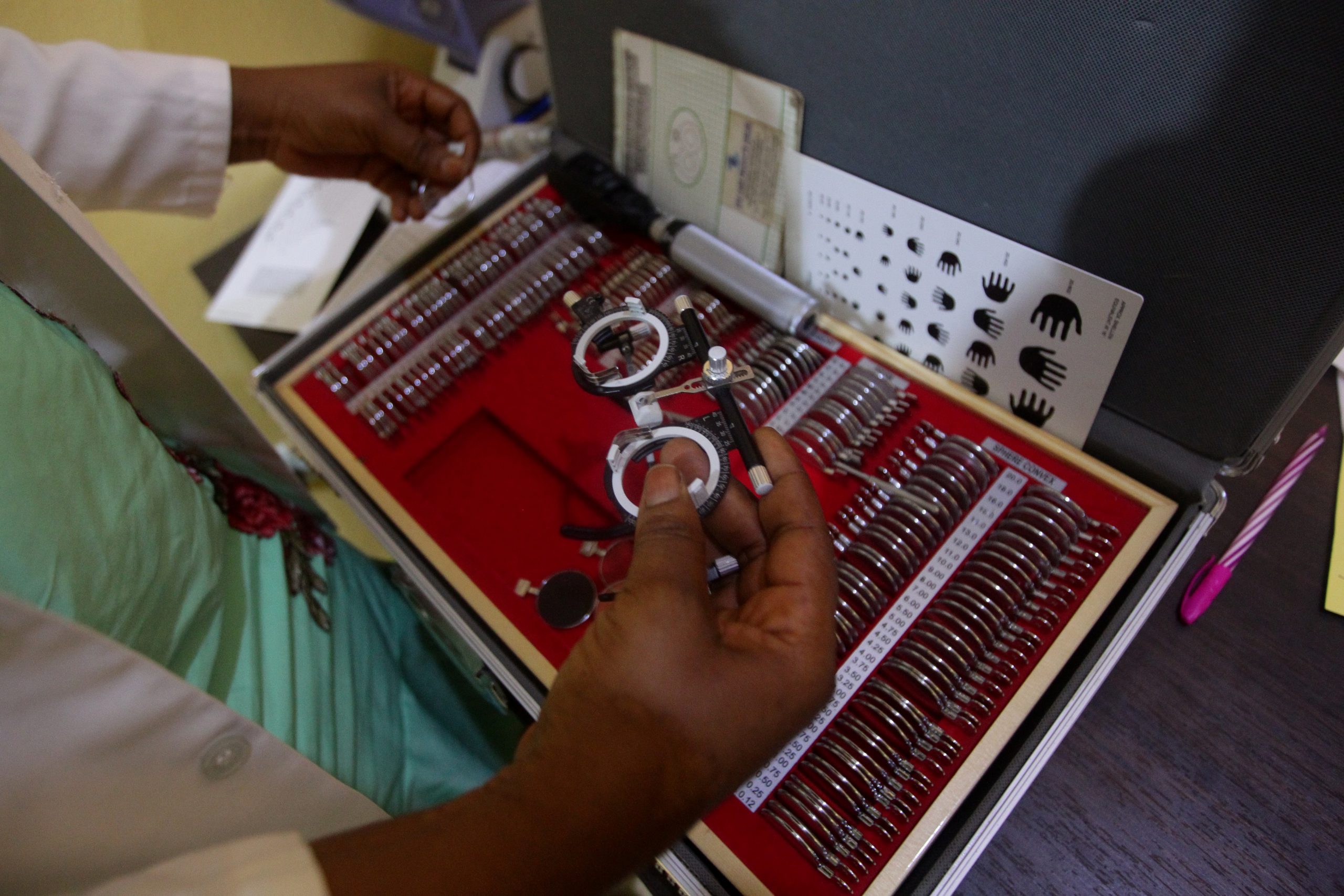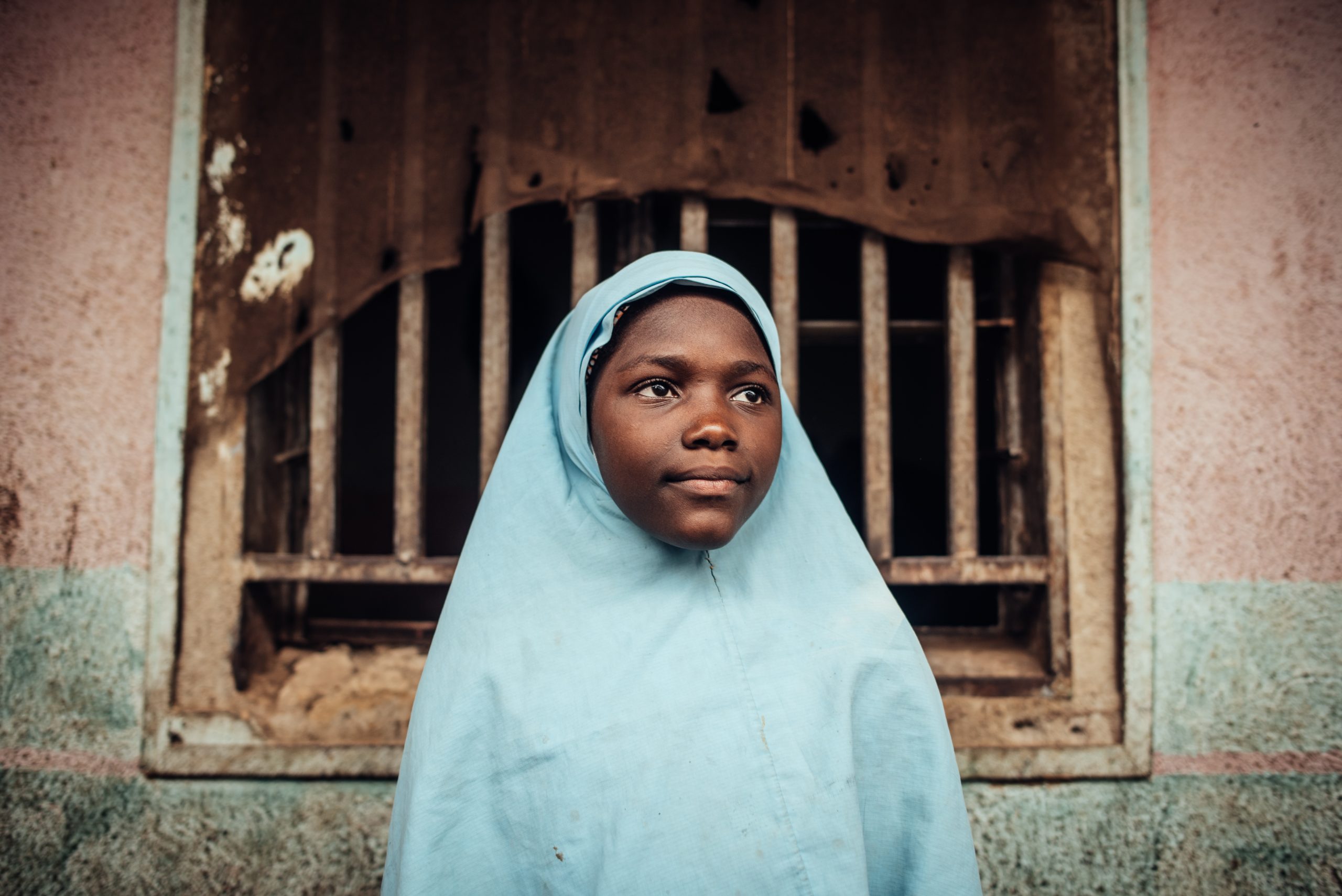Eye Health Care Charity of the Month
Sightsavers is an international development organisation that protects and saves sight across Africa and Asia. In the seven decades since its foundation, it has supported more than 8.7 million cataract operations, 216 million eye examinations, and provided more than 6.1 million pairs of spectacles.
Read more from the charity – and find out how you could get involved with supporting its work including this World Sight Day (10 October)…
Good eye health can help people thrive; it allows children to learn, adults to earn, and offers older people independence. But across the world, eye health is being neglected as people struggle with avoidable vision impairment. Cataract and uncorrected refractive errors are the leading causes of blindness and vision impairment respectively.
Optical professionals are demonstrating strong commitments towards improving eye health in their regions – but on a global scale we need big changes. Further support and investment is needed to end the inequity of eye health. With complementary visions and aims, the optical sector is well-placed to partner with Sightsavers and support these global needs.
Global inequity of eye health
Eye health should be a global health priority as it is a universal issue. Everyone, at some point, needs eye health services. A child for schoolwork, adults to drive, cataract surgery later in life.
Everyone has a right to access eye health services, regardless of geographic location, background, gender, health, or economic circumstances. Yet that varies across and within countries. More than 85 per cent of people with visual impairment live in low to middle income countries, and women account for more than half of global blindness and visual impairment. People with disabilities are also three times less likely than people without disabilities to get the healthcare they need.
Barriers to health service access can be physical, such as poor accessibility for people with disabilities, or financial, where low-income families are unable to afford health costs. Cultural factors, stigma, discrimination, can also be an issue. For example, women may not be able to access services without permission from a male relative.
Many regions also have low numbers of ophthalmologists, particularly in sub-Saharan Africa which ranges from between one and four ophthalmologists per million people. The World Health Organisation’s minimum recommendation is four ophthalmologists per million.

Ruth, vision technician, selects lenses at the Ganta United Methodist Hospital, Nimba County, Liberia (copyright Sightsavers/Ahmed Jallanzo)
Tackling avoidable vision impairment
Sightsavers works with governments and partners across Africa and Asia, to find sustainable solutions to improve health services and treat and prevent vision impairment. This includes supporting initiatives such as eye examinations, spectacles provision, cataract surgery, training health workers, community outreach, training teachers in basic eye health screening, projects which focus on women and people with disabilities, and raising awareness of the importance of good eye health.
We also support governments to create or refresh eye health and community health policies, and advocate for those to be inclusive of people with disabilities, women, and other marginalised groups.
Stories of children such as Asmau from Zaria, Nigeria, show the impact of this work. Nearly every member of her family has experienced visual impairment, and her mother and several siblings have all had cataract surgery.
Asmau was unable to write at school due to vision impairment and had difficulties reading and helping at home. She was diagnosed with cataract through a Sightsavers child eye health project and referred for surgery.
“Before the surgery I didn’t see at all, but now when I sit in front I can see what’s written on the board,” says Asmau. “I am very thankful to God for my ability to see better now, unlike before. I feel happy.”
Take action to protect sight across the world
Our eye health partner package offers a variety of ways for optical organisations to partner with us, from donations and fundraising activities to donate-as-you-purchase initiatives. Becoming a partner allows organisations to easily support global efforts, whilst maintaining focus on their own services.
You can also support our World Sight Day Eye Creation social media activity on Thursday 10 October 2024, to help us draw attention to eye health as a neglected area of healthcare.
To get involved, gather colleagues, friends, or items from work or home together to form as big an eye shape as you can, capturing it in a photo or video. You can see past Eye Creation examples in our 2023 round-up video. This year, we are inviting supporters to think big with their creations, because we need big changes to address the global inequity of eye health.
When World Sight Day comes around, share your creation on social media tagging @Sightsavers and include #EyeCreation, with a message about why you are helping to raise awareness about eye health.
By working with us, the optical sector can make a big difference. We encourage you to join us to help protect sight and end avoidable blindness across the world.
With our combined knowledge, funding, and influence, we can collectively raise awareness of the inequity of eye health.
Main feature image: Asmau and Fatima at their home in Kaduna State, Nigeria (copyright Sightwavers/KC Nwakalor)
Top banner image: Doctor examining a woman’s eye to detect issues such as cataracts, and other injuries at LRBT Hospital Quetta (copyright Sightwavers)
